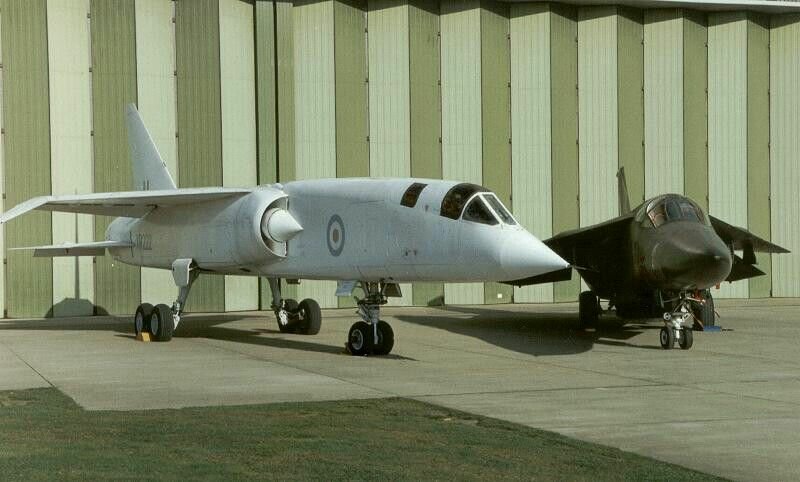- Joined
- 27 September 2006
- Messages
- 6,052
- Reaction score
- 6,153
The title has probably produced a groan. But if you stop a bit, we have not had a serious discussion of the relative merits of the two types.
It has been pretty much the standard mantra amongst Brits that the F111 was not a worthy competitor and that TSR2 was unbeatable.
As more information and books and magazines have appeared, and threads on this site, it does not seem so simple.
TSR2 was optimised to put one or two (depending on type) on a target at low level. F111 had better range and weapons capability. It served both the USAF and RAAF well between the 70s and 90s. But it took an awfully long time to get it to that state.
On cancellation TSR2 was far from ready for service. Costs were uncontrollable. Its design made servicing a likely nightmare. Its electronics fit was potentially out of date.
Probably the best answer was to abandon the requirement altogether. But it did take a combination of Phantoms later Jaguars, Buccaneers and Vulcans to replace TFX as the requirement had become known.
Eventually, twenty years after TSR2 was cancelled, Tornado replaced it.
As an aside the other two 1964 casualties proved easy to replace.
The P1154 was replaced by Jaguar (Ironically the RAF never wanted the P1127 derived Harrier, which survived to keep jobs at HSA).
The AW681 was replaced by the roomier and more rugged C130 Hercules. Its faster speed was not needed and the vstol battlefield supply role was better suited to Pumas and later Chinooks.
TSR2 was a very large aircraft. And a very expensive one. Those were two good reasons in the "flexible response" NATO of the late 1960s to lose it.
It has been pretty much the standard mantra amongst Brits that the F111 was not a worthy competitor and that TSR2 was unbeatable.
As more information and books and magazines have appeared, and threads on this site, it does not seem so simple.
TSR2 was optimised to put one or two (depending on type) on a target at low level. F111 had better range and weapons capability. It served both the USAF and RAAF well between the 70s and 90s. But it took an awfully long time to get it to that state.
On cancellation TSR2 was far from ready for service. Costs were uncontrollable. Its design made servicing a likely nightmare. Its electronics fit was potentially out of date.
Probably the best answer was to abandon the requirement altogether. But it did take a combination of Phantoms later Jaguars, Buccaneers and Vulcans to replace TFX as the requirement had become known.
Eventually, twenty years after TSR2 was cancelled, Tornado replaced it.
As an aside the other two 1964 casualties proved easy to replace.
The P1154 was replaced by Jaguar (Ironically the RAF never wanted the P1127 derived Harrier, which survived to keep jobs at HSA).
The AW681 was replaced by the roomier and more rugged C130 Hercules. Its faster speed was not needed and the vstol battlefield supply role was better suited to Pumas and later Chinooks.
TSR2 was a very large aircraft. And a very expensive one. Those were two good reasons in the "flexible response" NATO of the late 1960s to lose it.

